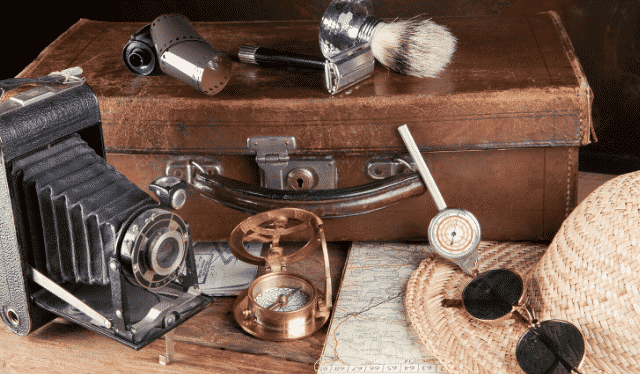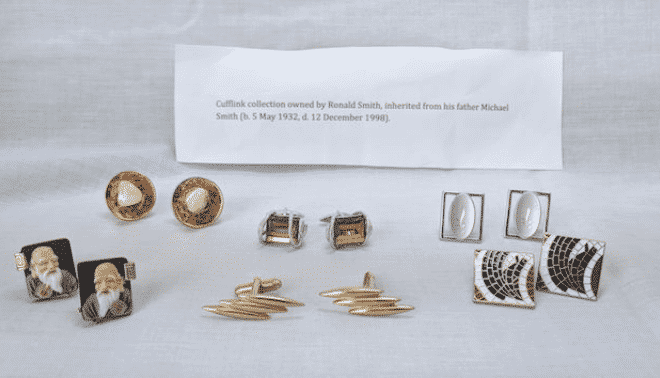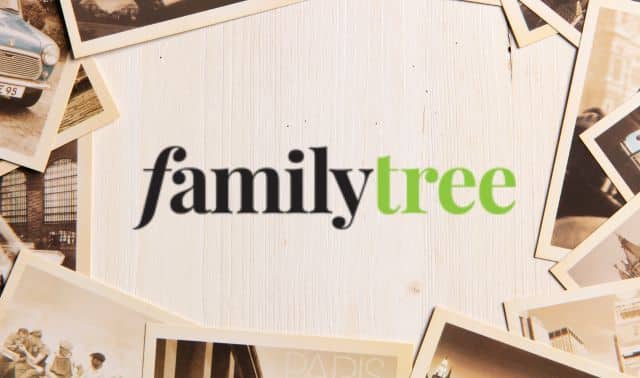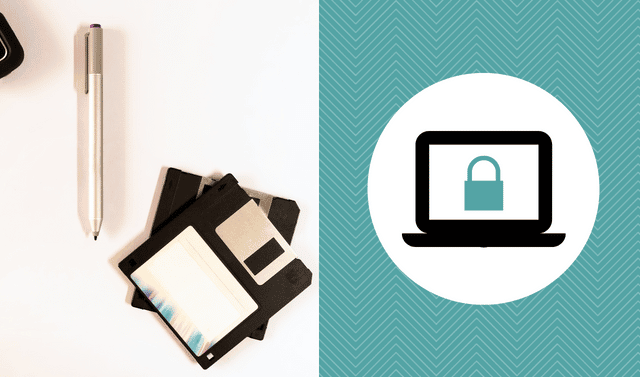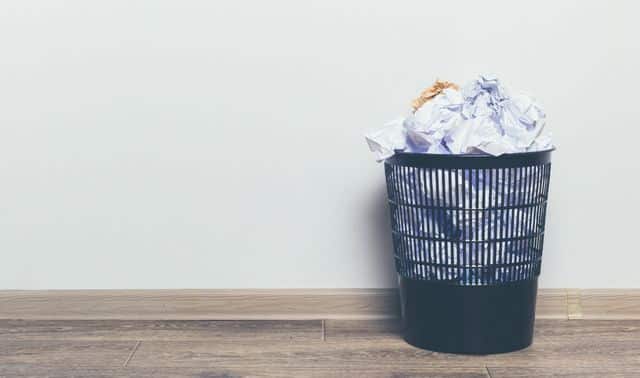Sign up for the Family Tree Newsletter! Plus, you’ll receive our 10 Essential Genealogy Research Forms PDF as a special thank you.
Get Your Free Genealogy Forms
"*" indicates required fields

Were you lucky enough to inherit pieces of your ancestors’ pasts? If so, how much do you know about those heirlooms? Do you even know what they are?
Most of our forebears didn’t think to inventory their everyday belongings. After all, hair receivers, sock darners and bed-warming pans were about as exciting to them as curling irons and electric blankets are to us. But these objects can tell us a lot about how our ancestors lived.
Even if you can identify Nana Ferol’s ceramic serving platter, do you know how old it is or where she got it? Maybe it was a wedding or birthday present. Perhaps she inherited the platter from her great-grandmother, and it’s older than you think. Start investigating the stories behind your family treasures—and preserving them for future generations—by following these six steps.
ADVERTISEMENT
1. Ask relatives about the keepsake.
This is the most important step in identifying an heirloom. Find out who owned the object and when, what it was used for, where it was kept and why it’s significant. You might be surprised by what your family already knows about the object.
2. Study the object’s shape, size, color and material substance.
Does it look handmade or mass-produced? Does it seem to be missing any parts? Could it be part of a larger device? Guess what the object might be—but don’t make assumptions. For example, you could easily mistake a rumbler bell, which was used in Colonial times to frighten birds away from gardens, for a sleigh bell, which had an entirely different purpose.
3. Look for a patent date and number.
The date can clue you in to which ancestor originally owned the item. For instance, if the date’s 1903, and your great-great-uncle died in 1892, you know the object didn’t belong to him. Armed with the patent number, you can easily trace the object’s patent application, which could include original drawings. Just type the number into the US Patent and Trademark Office’s online database.
ADVERTISEMENT
4. Hit the books.
Look up the item in a guide such as Dictionary of American Hand Tools: A Pictorial Synopsis compiled by Alvin Sellens (Schiffer) and 300 Years of Kitchen Collectibles, 5th edition, by Linda Campbell Franklin (Krause). Old catalogs also are great resources because they contain pictures and the original prices of antiques. Bloomingdale’s Illustrated 1886 Catalog by Bloomingdale Brothers (Dover Publications), for example, includes goods from clothing to jewelry to household items. You also might check the classified ads in old magazines and newspapers for pictures of your heirloom.
Look for more clues in old diaries, journals and family photographs. If Nana Ferol did receive that platter on her wedding day, she might have written about it in her diary. Or you might find a photo of wedding gifts, including the platter, among her belongings.
5. Keep the heirloom in tiptop shape.
Be sure to handle the item with clean, dry, lotion-free hands, and store it in a place with moderate temperature and humidity. For tips on preserving fabrics, ceramics, glass, furniture and metal, consult a conservation guide such as Caring for Your Family Treasures: Heritage Preservation by Jane S. Long and Richard W. Long (Harry N. Abrams). Or contact the American Institute for Conservation to find a professional conservator in your area.
6. Record the keepsake’s story.
After all your detective work, don’t forget to record what you’ve learned. Create an inventory of heirlooms and be sure to include the object’s original name and an explanation of how it was used. That way, your descendants won’t have to play the guessing game.
A version of this article appeared in the May 2004 issue of Preserving Family History. Last updated October 2024.
ADVERTISEMENT

